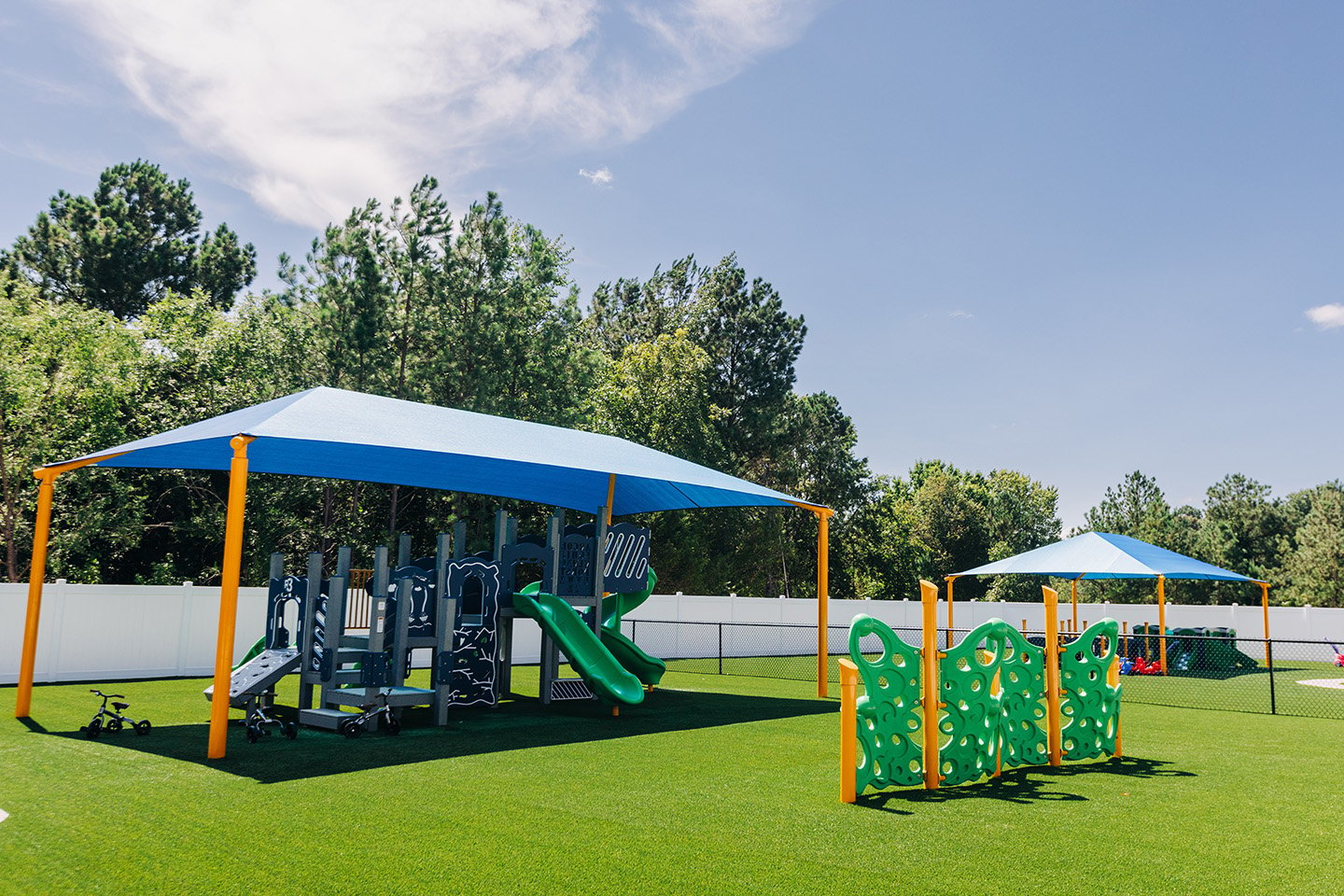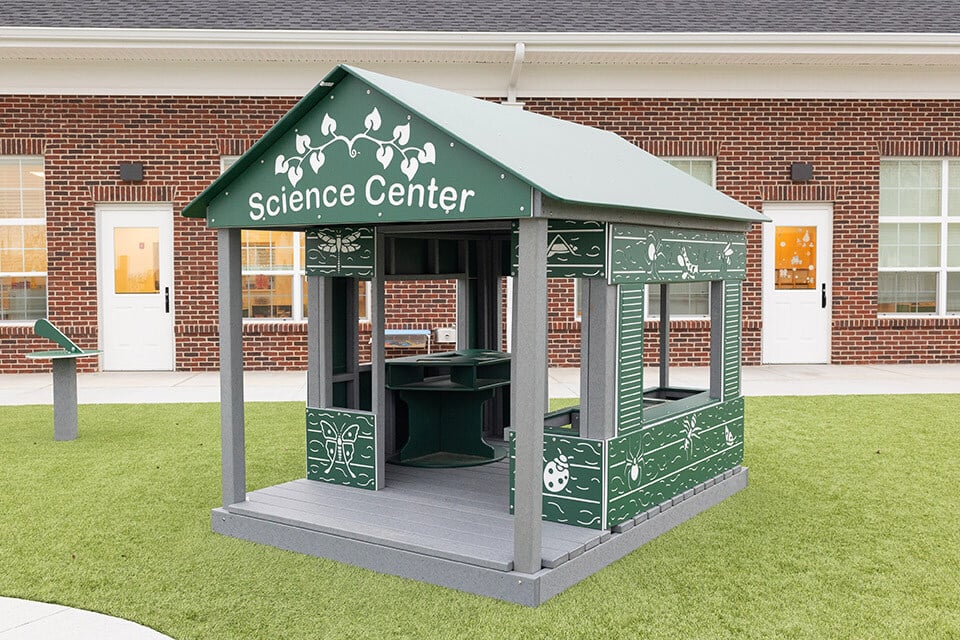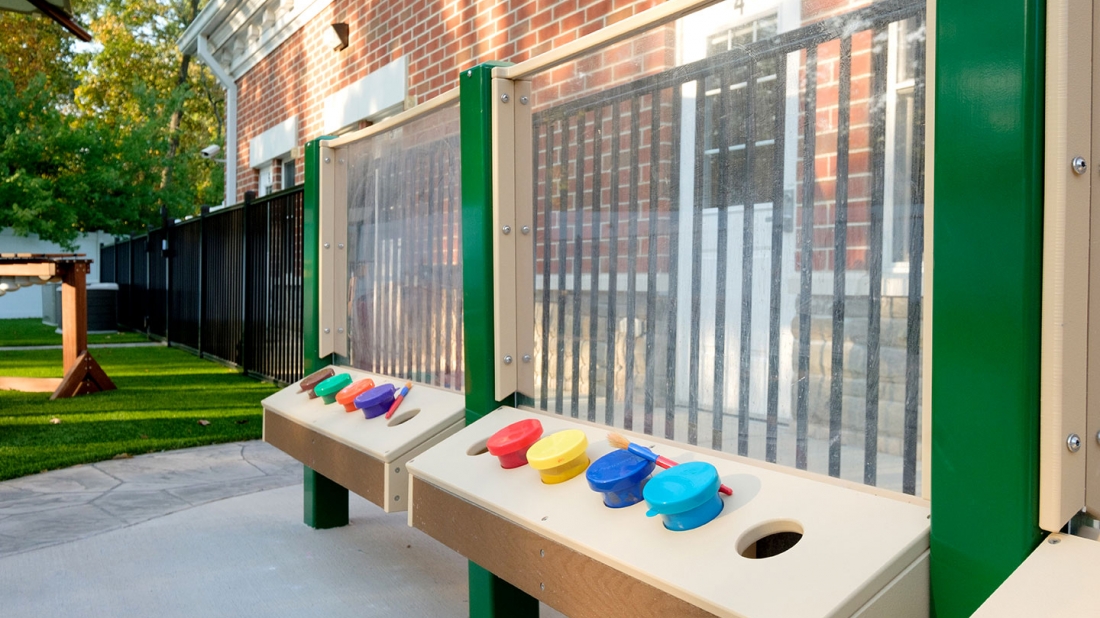Investing in the right commercial playground equipment can make a significant difference in creating a fun, safer, and engaging environment for children. Here are the top 5 things you need to know before making that purchase.
Establishing Your Budget and Funding Sources
Before diving into the exciting world of playground equipment, it's crucial to establish a clear budget. Determine how much you can spend and explore potential funding sources such as grants, community fundraising, or sponsorships. Having a solid budget will guide your choices and help you prioritize essential features without overspending.
When thinking about your budget, understand that not all of our money will go towards the playground equipment. Here are the budget categories you account for:
- Playground Equipment
- Freight or Shipping
- Installation
- Safety Surfacing
It's also beneficial to allocate funds for maintenance and future upgrades. A well-maintained playground will provide a longer lifespan and a safer environment for children, making it a worthwhile investment.
Choosing Age-Appropriate Playground Equipment
Selecting the right equipment for the age group of your primary users is essential for safety and engagement. Younger children require different types of play structures compared to older kids. Ensure that the equipment you choose matches the developmental needs and abilities of the children who will be using the playground.
Playground equipment is typically designed for four age groups:
- Ages 6-23 Months
- Ages 2-5 Years
- Ages 2-12 Years
- Ages 5-12 Years
If you're selecting a playground for a community center, for example, consider incorporating a commercial playground structure that is designed for children ages 2-12 years so your playground caters to a wide range of age groups and can serve more children within your community.
If you're selecting playground equipment for a school or child care, for example, dividing a playground into distinct areas based on age ranges would be most ideal and ensures the safety and enjoyment of all children. By creating separate zones for different age groups, such as preschoolers and older children, you can tailor the play environment to suit their unique developmental needs and abilities. This approach minimizes the risk of accidents by preventing younger children from accessing equipment that may be too advanced or challenging for them.
Thoughtful planning and design can transform a playground into a versatile space that accommodates the diverse needs of children, ensuring that every child has a safe place to play.
Understanding Structure Size and Use Zones
It's important to understand the spatial requirements of different playground structures. Each piece of equipment has a designated use zone that must be free from obstacles to ensure safety. This area is typically larger than the structure itself, so plan your layout accordingly.
A playground use zone is the space required around a piece of playground equipment to keep children safe while they play. This area accounts for movements like falling, jumping, swinging, or sliding, and must be kept free of obstacles such as fences, trees, and other equipment. According to playground safety guidelines, the use zone must extend at least six feet in every direction around stationary equipment. Certain types of equipment, like swings and slides, require even more clearance.
For example, if you have a 50-foot by 50-foot available space (2,500 square feet), you cannot install a playground that measures exactly 50 feet by 50 feet. You must account for the required use zones. To calculate the largest playground footprint you can use, you subtract six feet from each side. That means you lose 12 feet overall from both the width and the length. Subtracting 12 feet from 50 feet leaves you with a maximum structure size of approximately 38 feet by 38 feet. Even then, that size assumes no parts like slide exits or swings extend further, which often require additional clearance.
Properly understanding use zone requirements will help understand why you might not be able to fit all the equipment you hoped for in your space. But, our playground design experts can be beneficial in maximizing your space efficiently.
Maximizing Play Value with Freestanding Play Products
Freestanding play products, such as balance beams, spinners, and musical instruments, can significantly enhance the play value of your playground. These items offer additional activities that encourage creativity, social interaction, and physical development.
These elements allow you to fill open spaces, create natural play loops, and encourage children to move freely between different activities. Because freestanding pieces are often more affordable than large composite structures and require smaller use zones, they are an excellent way to maximize your available space and play value without exceeding your budget. They also offer opportunities for independent play, cooperative group activities, and sensory engagement, all of which contribute to a richer, more inclusive play environment.
Incorporating a variety of freestanding products can keep the playground experience fresh and engaging. They can also be added to existing playgrounds as a way to update and expand play opportunities without a complete overhaul.
Safety Surfacing is Just as Important as the Equipment Itself
One of the biggest mistakes buyers make is underestimating the role of surfacing in protecting children from injuries. Grass, dirt, and concrete are not considered safe playground surfaces under current safety standards.
Instead, you'll need an approved impact-absorbing material such as engineered wood fiber, poured-in-place rubber, rubber tiles, or synthetic turf designed for playgrounds. The type of surfacing you choose affects both your upfront costs and your long-term maintenance needs. It's also important to make sure your surfacing covers the entire use zone around each piece of equipment, not just the areas immediately underneath. Investing in proper safety surfacing from the start helps you meet national safety guidelines and creates a safer, more inclusive environment for every child who plays.
Talk to a Design Consultant
Need more help navigating purchasing a playground? Find your local representative today.

.jpg)

